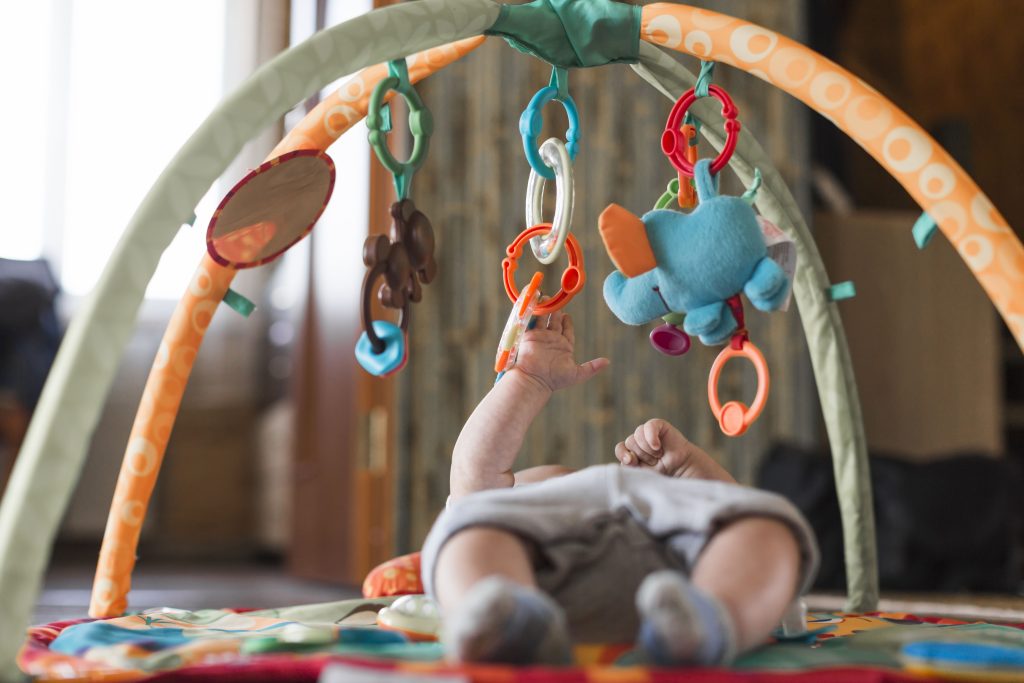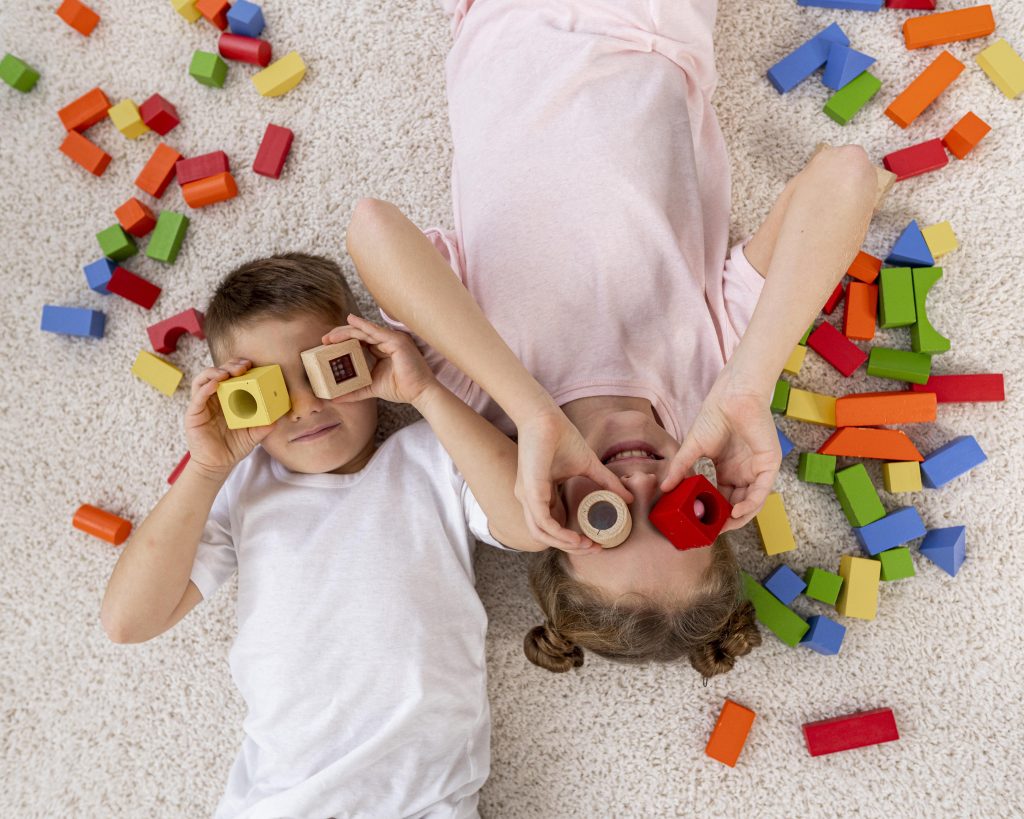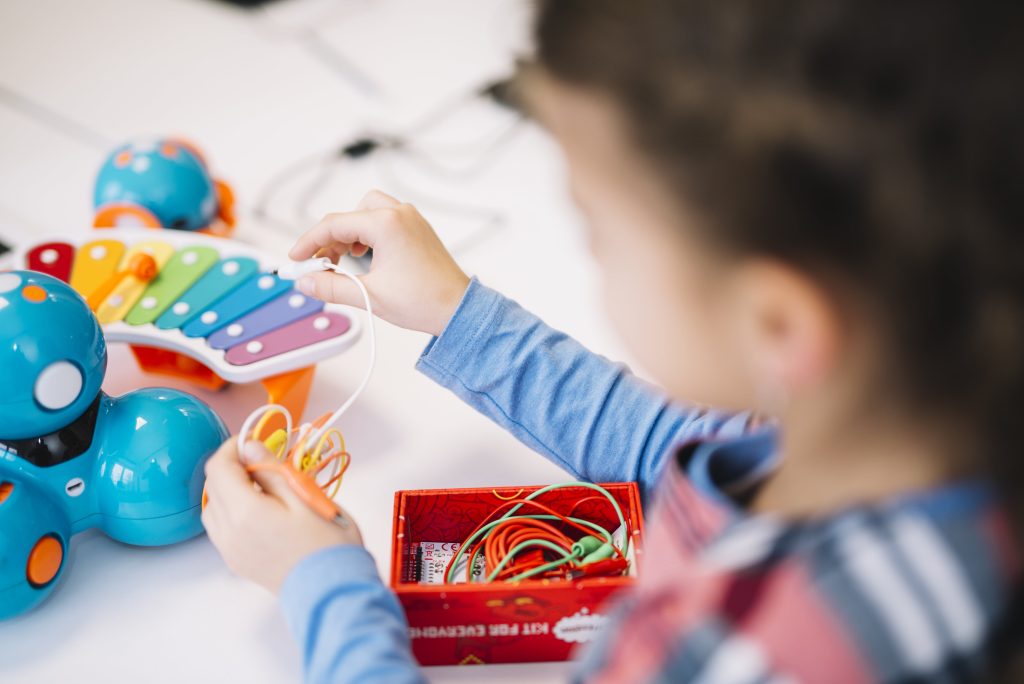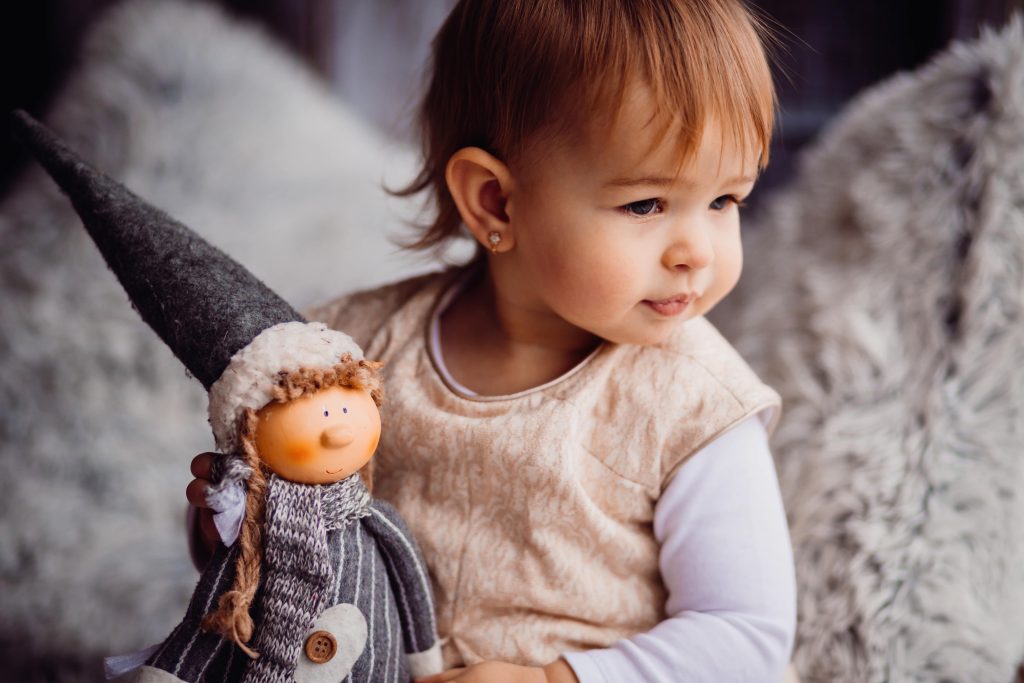Subtotal: €49.99
03/03/2022
Share:Toys are a child’s buddy in their early stages in life. Kids even put so much value in their favourite toys, as if they are treasures. The bright colours and unique noises they produce will have your child dragging them around with them everywhere they go.
But then, children also tend to chew on or put their favourite toy in their mouth. This is one of the primary reasons why it is critical to keep toys clean.
These toys are tossed around, slept on, nibbled, and played with most times of the day. Scooting on the ground, looking to play in playgrounds, and engaging with their friends are all common activities for them. Germs may thrive in their toys, especially if you do not do adequate cleaning. Besides the evident filth and grime, toys might hide bacteria, allergies, or worse, mould.
Toys are made from different materials and surfaces. This means that each might need different cleaning procedures to get them clean and maintain them looking and functioning at their best.
How often you clean your child’s toys depends on many factors, including how your child plays with them. Of course, you should give it extra attention when your kid is sick or has the flu. It’s critical to clean and sterilize toys more regularly during this time and to keep the practice, even after they’ve recovered.
By default, house cleaning is a chore done weekly. This goes the same for toys, especially if the household has kids actively playing. To easily figure out how often you should clean toys, it is vital to familiarize and segment the toy and its material.
Baby toys that are most likely to be placed in a child’s mouth and dumped on the floor require the most regular attention. These should be cleaned every one to two days.
Plastic, rubber, wooden, and bath toys are the simplest to care for and should be washed and sterilized weekly.
Electronics and battery-dependent toys are only suitable for surface cleaning and should be sanitized weekly.
Plush toys are frequently machine washable and dryable, making it simple to wash them once a month, especially those that your little ones love to cuddle.

Not every toy are the same. The method you use to clean and disinfect your baby’s toys may vary depending on the size and material of each treasured item.
Cleaning and disinfecting can help keep infections from spreading, and while they seem synonymous, they have a clear distinction.
Cleaning entails physically removing dirt, bacteria, and other pollutants using only soap and water. On the other hand, disinfection will not eliminate contaminants at the surface level. It involves the use of chemicals to destroy germs. In terms of avoiding disease spread, disinfecting is more effective.
To get the best results, you should always clean an object before disinfecting it.
Moreover, there are several methods for cleaning toys, some of which use natural components and others that use chemical solutions. When it comes to your baby’s health and safety, it is always preferable to use natural approaches wherever feasible.
In this article, considering the different materials these toys come in, here are recommendations on cleaning them properly.
When cleaning or disinfecting a toy, follow the manufacturer’s instructions. Check to verify if you can wash the toys in the dishwasher or if it is okay and advisable to soak them in boiling water instead.
The boiling approach is excellent for cleaning baby toys that come into contact with your baby’s mouth because it does not involve using any chemicals, natural or otherwise. The water will simply boil away any germs and bacteria that are there.
On the other hand, using a dishwasher is effective for all non-electronic toys – especially those made of hard, heat-resistant plastic – such as toy vehicles, huge plastic blocks, and similar objects. Use a natural and safe dishwashing detergent to avoid harsh chemicals from getting onto the toys.

You can readily clean most plastic toys with hot water and soap or dish detergent. These are great for toys entirely made of plastic and have no cloth on them. Place these toys on a clothes tray to allow water to drain quickly. If you use a washing machine, use the gentle mode for a short period and allow them to dry naturally. To clean the interior sections of any toys with smaller moving bits, you can use an old toothbrush.
You can also clean rubber toys with soapy water. These should be washed by hand if possible to preserve their texture. You can also use a sponge to remove any ingrained dirt from the surface. Allow them to soak in soapy water for an hour before washing to allow the soap to take out the grime. They may be cleaned considerably more effectively with a toothbrush and a little vinegar.
As for Silicone Toys, one of the easiest methods to clean such toys is to fill a bucket with warm water, add either disinfectant or baby shampoo, wash it briefly, and then place all the toys inside. Allow them to soak for around 30 minutes. You can then scrub with a toothbrush or cloth, rinse in clean water, and air dry.
Remove the batteries from the toy and set them aside in a safe location before you start cleaning electronic toys. The only way to clean these types of toys is to focus on the outside. Be careful not to touch the battery connectors while cleaning since they can rust quickly. Using a sanitizing solution can aid in the cleaning of the item. If the batteries are discovered to be leaky, replace them immediately.

Cleaning plush toys and dolls requires a different approach for each part.
A simple cleaning liquid will suffice for the body section that is mostly made of plastic. If the portions are made of cloth, very little water and shampoo may do the work, then allow it to dry.
Meanwhile, doll hairs require special care because it is quickly damaged and twisted. Handle it like you would your own hair, then gently wash it with some baby shampoo.
For most plush toys, simply put them in the washing machine for cleaning. Set the washing machine to a low gentle cycle with warm and cool water and a baby-safe laundry detergent.
Sanitizing your baby’s toys is a significant priority, but it doesn’t have to be a source of concern. If you follow these easy guidelines, you’ll have complete peace of mind knowing that your youngster is playing in a practically germ-free zone.
Learning how to clean baby toys successfully is vital for being a parent. You can’t avoid germs totally, but you can make sure your baby’s toys are as clean as possible. The best thing is that it is a lot simpler than you think!

Visit our Toy Store in Cyprus and discover a wide range of toys for girls, boys & babies!